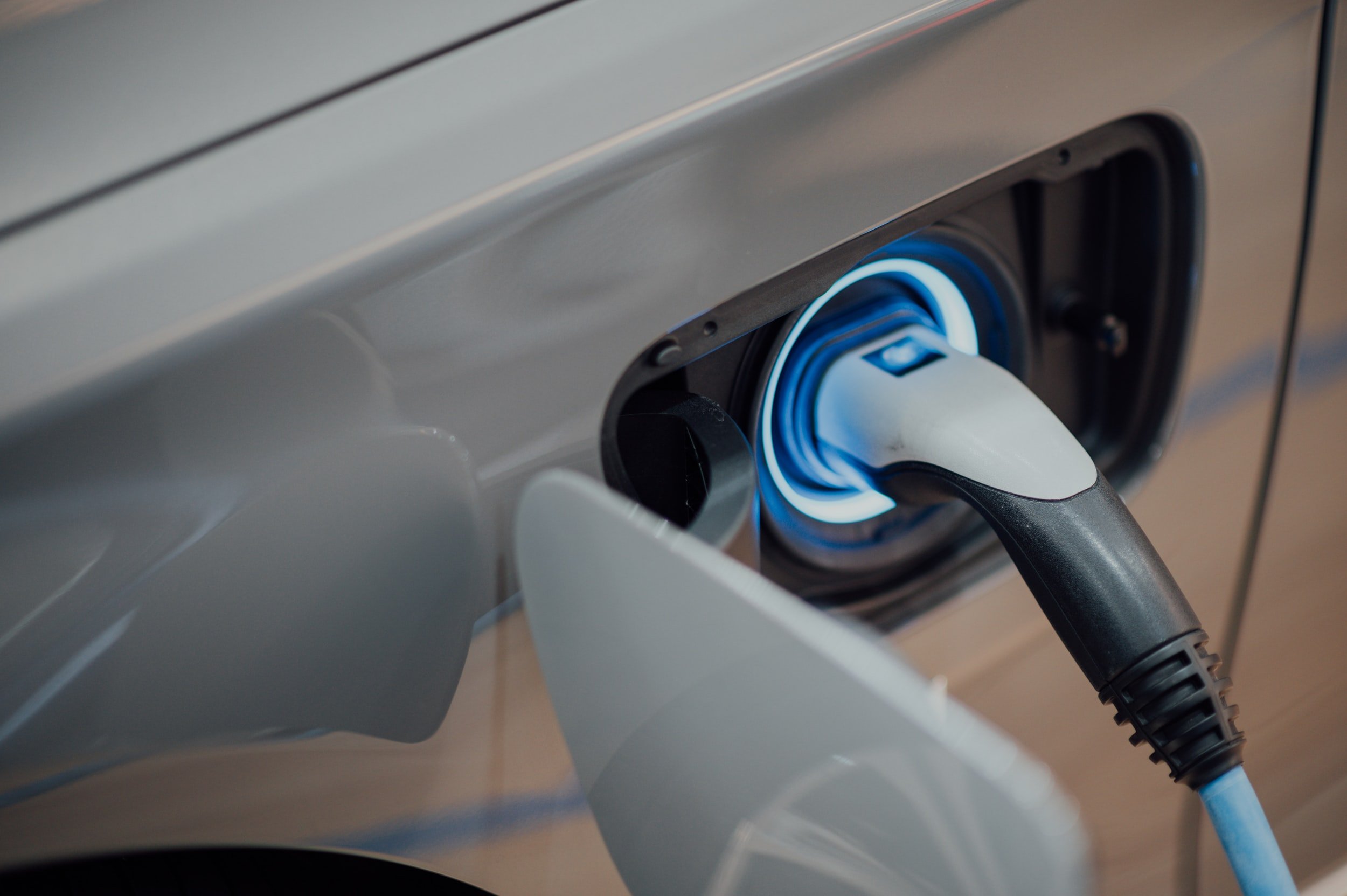
EV Charging Installation
Just as traditionally powered cars won’t start without fuel in the tank, an electric vehicle won’t run without an adequate battery charge. The easiest way to charge your electric car is at home using an EV charger. This offers the convenience and simplicity of plugging in your car at night and waking up with a fully charged vehicle.
There are a growing number of public EV charging stations in Australia. Some shopping centres, hotels, and tourist attractions provide EV charging to customers who use their services.
But of course, the easiest way to charge your electric car is at home using an EV car charging station. Home EV car charging stations can provide up to 10x the power of a standard wall outlet. With an EV home charger, all you have to do is hook up your electric car and it will charge overnight while you sleep.
What are the different levels/speeds of electric vehicle charging?
While every electric vehicle charger provides electricity to a vehicle, they do so at different speeds, or 'Levels'.
Level 1
Regular power point in your home
POWER:
1 - 2.4 kW
CHARGER RATE:
7 - 15 km/hr of charge
Level 2
A home or public wall charger
POWER:
3.6 - 22 kW
CHARGER RATE:
15 - 100 km/hr of charge
Level 3
A high-powered public DC fast charger
POWER:
10 - 150 kW
CHARGER RATE:
60 - 800 km/hr of charge
An EV home charging station must be installed by an experienced, licensed electrician.
Level 1
Level 1 charging is essentially just charging your electric car from a regular power point. This is a common and easy way to charge, especially for those renting accommodation which does not have a dedicated charger.
While a Level 1 Charger won't charge your car very fast, if you're not driving too far each day it can work fine for many people.
Level 2
Level 2 chargers are higher power so you can charge more quickly. You will find Level 2 chargers commonly in public places with free charging and you can also install them in your home too.
Level 3
Level 3 chargers enable the fastest charging rates, and as they can charge your car extremely quickly, they take up a huge amount of power. They are most useful when travelling long distances.
An example of level 3 charging is Tesla’s Super Charge Network. These cannot be installed in residential properties.

Get in touch.
Reach out to our team for an obligation-free quote.
